In my continued quest to get to know my neighbors, I decided to visit Paraguay. It helped that a friend of mine was going to study Guaraní for a month, and so, as doesn’t often happen, I was going to get to travel with someone, as opposed to going it alone. I don’t mind going it alone, but it’s interesting to have someone to bounce ideas off of, lovely to have someone to dine with, and who can go get you some juice when you have the mother of all colds (her, not me).
So, Paraguay it was! And with this visa, I have officially paid all the money to all the countries that demand it from my eagle-passport carrying self. Which I am not complaining about exactly, but it seems like I should at least get a badge. Or a cookie. But not a chipa, my god please not a chipa (Paraguayan snack, will describe more later).
US citizens pay Chile and Argentina a reciprocity fee, and for Suriname, Paraguay, Bolivia, and Brazil, it’s a visa. This is due to international law, and the fact that citizens of these countries must apply for visas to come to the United States, although Chile should be losing this requirement soon, which will probably mean that they’ll pay a $14 visa waiver fee, rather than the $160, and they won’t have to apply ahead of time or risk getting rejected for reasons not clear to anyone. I have not heard whether this might mean that Chile will drop the reciprocity fee for United Statesians. In the meantime me? Already paid it and hold residency, so wouldn’t have to pay it again.
So here’s how it all works re: visas and Paraguay and ins and outs.
Arriving at the airport in Asunción, there is a desk to your right before the international police/immigration booths. You go to this desk, and hand the nice man your passport and your $160 US (though certain series of bills are not accepted in Paraguay, you should look into that), and he will do the following:
scan your passport
take your money
take a picture of you at an angle that makes you look like an egghead
virtually paste your picture into a visa form
type your information on the visa form
print out the visa form on a little black printer he has on his desk, which only jammed once
physically tape the visa form into your passport (not clear on why this is not a sticker)
scan your passport
hand you a receipt
In my case, I was coming in from Chile, and as such, there were very few Americans on the plane, or at least who didn’t have the visa already. There were three of us, I was first on line, and it took about 20 minutes. A bit slow, but not interminable.
As is typically the case, I had filled in those carbonless forms, and when I went through immigration, they took the top sheet, and gave me the bottom one, which I cleverly lost (more on that later). I had also filled out a customs form, but no one took that from me. Either they often don’t, or somehow I missed the person that does. I didn’t have anything to declare anyway.
A week or so later, having had an excellent time in Paraguay, and deciding to cross from sleepy Encarnación to bustling Posadas, to take a nice, comfy Argentine bus to Puerto Iguazú, from which we would visit the falls, my travel buddy and I crossed into Argentina, where great hilarity ensued due to the fact that I had already paid my reciprocity fee, but that the sticker (yes, in Argentina it is a sticker) was in my old passport, which I had not brought with me (why, I do not know). I had, however, snapped a photo of the sticker with my phone, and this was a great help.
Yes, I know it says “bus to the fall.” We did take this bus, we did not fall. It also took us to Ciudad del Este (same company). They also cleverly have their bus tickets printed out to just hand to you when you buy them, as opposed to printing them on demand which is speedy, and smart, even.
From Encarnación to Posadas, you take a city bus, onto which an immigration official gets on to collect filled-out forms from locals. The bus does not wait and locals do not get off the bus, but we had to get our passports stamped, so we got off the bus, wandering from booth to booth until we found the right one, which the word “caseta” did not immediately make clear which was the right one (pic below). The bus does not wait for you, but you can give your ticket received from the first driver to the next one (10-15 min later), who should honor it, and then enter Argentina.
The entering of Argentina was odd, as I had this issue with the reciprocity sticker, and the number on it didn’t correspond to the number in the system. But it was all very pleasant, and eventually got done. There is some question about whether they’d even have looked for the sticker if I hadn’t mentioned it, but I did, they did, and eventually, we all got through. Here I abandoned a piece of ginger (no rhizomes permitted), mirroring when I had done something similar eight years prior with a clove of garlic), and our bags were xrayed, though the person in charge of the xraying did not look at the machine as the bags were going through.
Once in Argentina, we bussed over to Puerto Iguazú, where the waterfalls were falling so aggressively that parts of them were closed to visitors, but that is for another story.
We decided to visit only the Argentina side, as we did not have a visa for Brazil. In the end, this would not have been an issue, as you will later see, one moves fluidly through the Brazilian territory without even passing passport control. However, I have already been to both sides of the falls, and to me, Argentina has the falls, Brazil just looks at them. Certainly if you have time, go to both, and Foz de Iguaçu (Brazil) is infinitely more interesting than Puerto Iguazú (Argentina), and has good middle-eastern food, though Puerto Iguazú has mate ice cream (ick) and oreo alfajores that do not have beef fat in them (yay).
Having spent our time at the falls, and glimpsed both a giant yellow orb and unidentifiable blue streaks in the sky, we soldiered on from Puerto Iguazú to Ciudad del Este, back in Paraguay.
To do this, you first get on the bus that says “Ciudad del Este,” sit or stand, and hold onto your wheelie bag, because that thing will take a spin if you do not. There is big, big business in taking the bus across, as goods are cheaper in Ciudad del Este, particularly electronics, and many people go to shop for their own consumption or to resell. The bus cost 30 Argentine pesos (the exchange is two-tiered, what you can get in Argentina, which is about 5, and outside, where you can get almost 8, which is totally unfair but makes Argentina quite cheap if you can change money outside of the country). Everyone has to leave Argentina (unlike Paraguay, strangely), and everyone jockeys to get off the bus first so they can get back on again first, and score a seat. The bus waited, and we left Argentina easily, and without them looking for the reciprocity form. Here we got back on the bus, which essentially blows past both entering and exiting Brazil, which you pass by as though the whole country were comprised only of a strangely misspelled collection of road signs, many of them proclaiming things like “artificial lake,” and “artificial beach,” for reasons unknown. They are not actually misspelled, but they’re just different enough from Spanish sometimes that it makes me do a double-take.
Then the bus came slowly slowly (six lanes merging into two, with a lawless stream of motorcyclists riding in the middle, which seemed strange to us until we saw the maneuver our taxi driver made to turn his car around later), to the border at Ciudad del Este, and we asked the bus driver if he could wait, as the bus went all the way to the Ciudad del Este bus station. To which he said, “we’ll see.” Which meant “no.” Re-entering Paraguay at Ciudad del Este took a strangely long time, maybe 15 minutes, though we were the only ones there, and had already done the visa paperwork/tramite. Paging and paging through the passports. But we asked how much the taxi to the bus station should cost, and that was handy.
We came out, and talked taxi prices with people. At 4,400 guaranies to the dollar, and with the information from the Paraguayan immigration officials had given us, settled on a probably slightly overinflated price of 30,000 Gs with an intrepid taxi driver who ran across the traffic to find us, two gringas whose combined height of 11 feet 6.5 inches and backpack and wheelie bags made them very obviously in need of one. But his taxi was pointed back towards Brazil, and I couldn’t see how he’d turn it around. We ran across the street (with bags, in traffic), and the driver drove in reverse through the lane of traffic and the weaving motorcycles until he got to where there was no barrier between the lanes, and pulled a fantastic U turn.
Wherever we went in Paraguay, people in bus stations and taxi stands always called out, “Asunción?” as though the capital city was the only place we might like to go, as though maybe we’d landed in Paraguay by mistake, and couldn’t wait to get out. Hugo, our taxi driver in Ciudad del Este thought the same. And then we told him we were going to Villarrica, and the whole timber of the conversation changed, because he’s from a town right nearby. And he plied us with tales of having worked on the (giant Itaipú) dam when he was a teenager, and the gifts he bought for his mother with the money he made, and about 20 minutes later, having given us his blessing, he dropped us at the bus station, where everyone asked us “Asunción?”
The thing about the yellow paper that I lost (see above) is that though no one asked me for it when I was leaving Encarnación to Posadas, they did ask for it at the airport exit from Asunción. I said that they’d taken it at Encarnación, because apparently, I prefer lying over telling the customs official that I had, stupidly, lost it. He gave me another one to fill out, and it was not a big deal. My plane ticket was stamped saying that I’d already paid the exit tax, so I didn’t have that as an additional cost on my way out.
So what we’ve learned is the following:
Paraguay passport proceedings are slow, and you must stamp in and out of Argentina, though Brazil is lax on this particular crossing.
You can enter Brazil or Paraguay without stamping (though this is not, of course, advisable if you’re leaving via somewhere else that does require you to have stamped in). I have heard many iterations of this rule, and the one that comes up the most is that if you’re within a day’s walking distance of the border, this is technically not illegal. I don’t know whether or not that’s true, but once upon a time, when I was young and uninformed, and it was 1,000 degrees out, I walked across the bridge from Brazil to Ciudad del Este with a couple of Irish women named Niamh (the Niamhs, as I liked to call them), and did not stop at immigration, which is how I did not find out that I should have had a visa to get into Paraguay, and how I later did not report this information to a friend of mine who, having been invited to spend Easter with some missionaries, had to be smuggled into Paraguay in the trunk of a car as a consequence.
When the immigration officials in Paraguay asked me if it was my first visit to Paraguay, I, of course said, “yes.” And from Villarrica, when we got to the bus station, and they said, “Asunción?”
I said yes to that, too.
fin
PD (or as you may know it, PS): As of March 2014, Chile has dropped the reciprocity fee for US citizens, as the US dropped the visa for Chileans (they still have to go through the visa waiver program). So come visit!





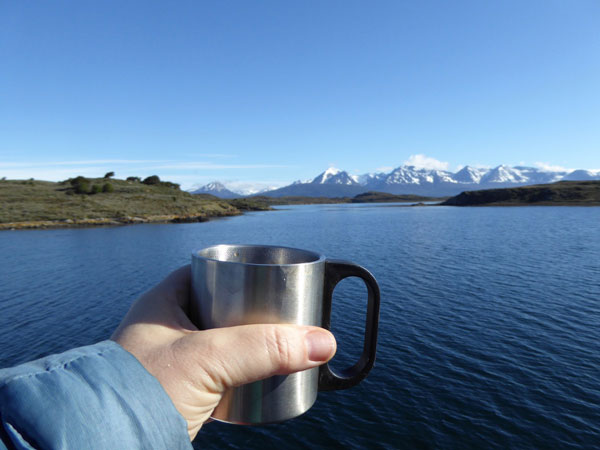
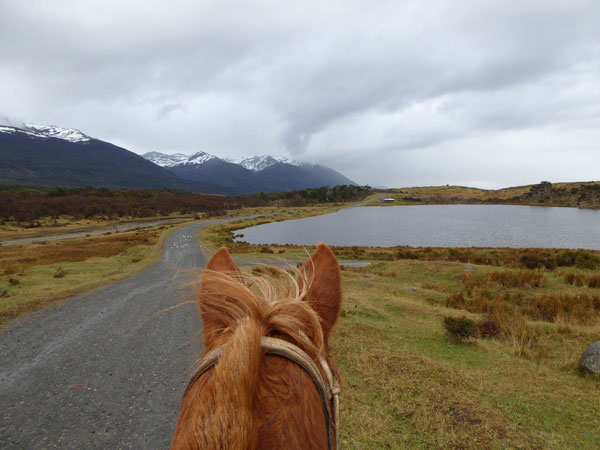


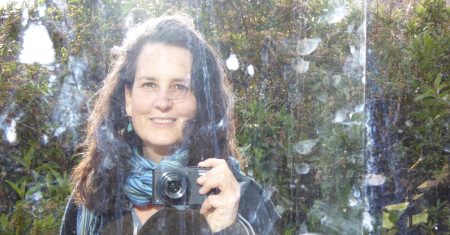
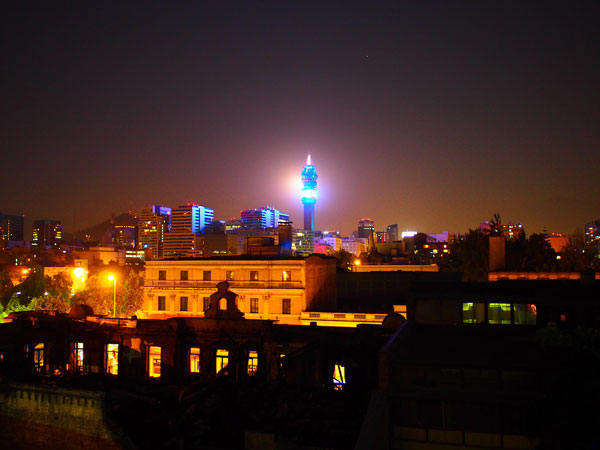
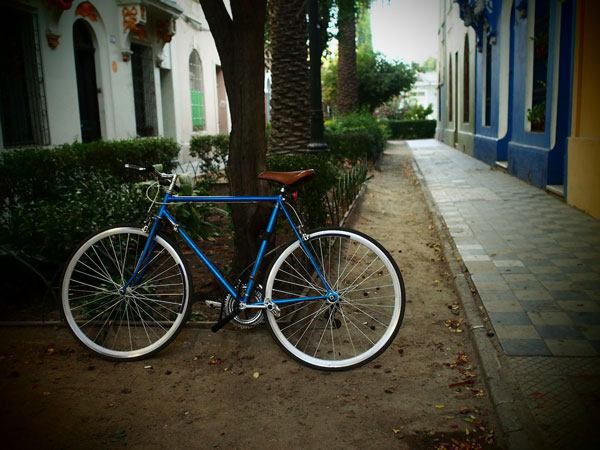


You made me remember the time I was young and unexperienced and traveling through Europe. I entered via Paris, and the immigration officer couldn’t be bothered to stamp my passport and I was allowed in without a stamp in my passport.
A couple of months later when I was traveling back to Chile I had the good idea of leaving Europe via Frankfurt. The immigration officer being german followed the protocol step by step. And the protocol stated that at the point I arrived to the control I had to show my passport and he had to find a stamp on it stating when I had crossed the border into the EU.
My passport was brand new at the time, so he browsed through all the pages and he only found a stamp from me leaving Chile but no stamps from me entering the EU. Looking very confused he decided to have a few more go’s with my passport and then once he was convinced that there was no stamp to be found, he decided to ask me:
“When did you come to Europe and why there is no stamp in your passport?”. I told him that I had entered the EU a couple of months before and that I had entered via France, and that he could look at the stamp indicating when I had left Chile to make sure that I had not over stayed. Mentioning that I had entered via France convinced him and mumbling something about french immigration not being up to standards he let me leave merrily on my way back to Chile.
PS Our son was born and he is the cutest little guy ever, totally objective 🙂
congratulations on the birth of your son! I will go look at your blog and see if I can spy some pics. I’m sure he’s lovely.
I think it’s funny how the EU was supposed to help them show a united front, but in actual fact… Well, not so much.
I am always very careful to get the stamp in, because I’ve met people that have had to do all kind of complex gymnastics (ok, office visits) to do what should have been done in 2 seconds at the border.
Hope you’re getting some sleep, Carlos!
Sleep is overrated 🙂
You will not find pictures of him. We haven’t published any pictures of him.
That’s cool. I thoroughly respect the decision not to publicize your kid’s life. I hope he is bringing lots of joy and hilarity to your lives, and I’m sure he’s darling!
Great story.
I’m planning to visit Paraguay and Bolivia next year, but I don’t have my dates solidified yet, therefore, no tickets out of either country at this time. It doesn’t sound like a terrible process to get visas at the borders, so I was wondering if you would recommend me just waiting until I cross by air, or do my best to firm up an itinerary and just try to get them in advance?
Also, do you know how strict they are about having a job when processing the visa, or will a bank statement with your balance do?
Me, as a brazilian, felt a lot for those visa experiences to visit South America. The visa for Brazilians to USA now is much easier process, but continuos to cost US$ 160 to a multiple entry 10 years visa (which I found myself good). I have friends from countries that needs visa to even more places than Brazilians (Brazilians don’t need UK, Schengen and Russian visa). Once a German woman that I met (Germany has the most powerful passport in the world) said I hope my sons don’t live in a world with those travels restrictions. I Like to travel and meet lot to meet people from all over the world !! So I also hope more freedeom of travel in the future ( But I am happy with my Brazilian passport).